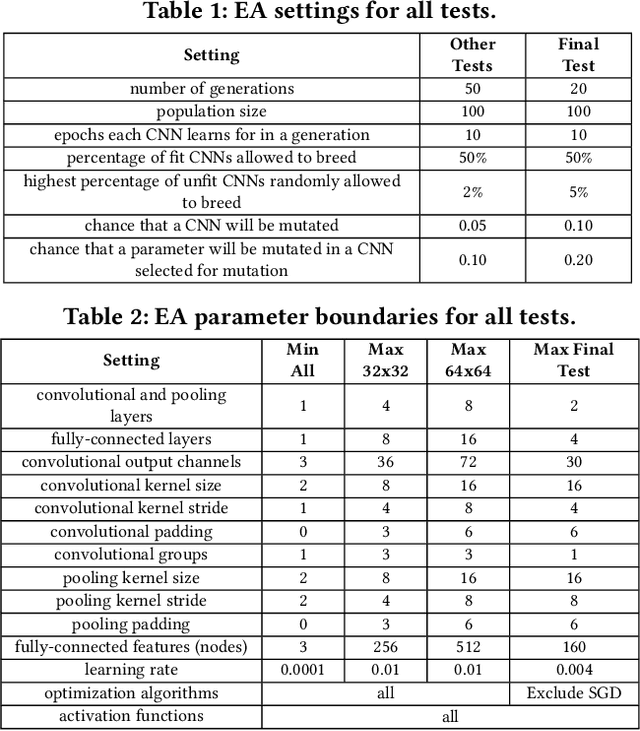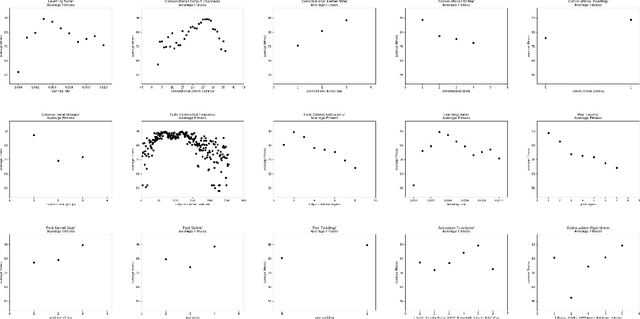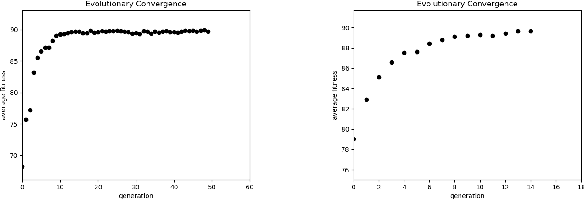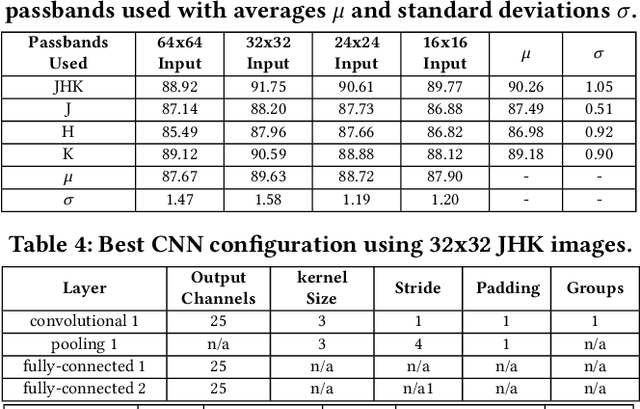Evolutionary Deep Learning to Identify Galaxies in the Zone of Avoidance
Paper and Code
Mar 20, 2019



The Zone of Avoidance makes it difficult for astronomers to catalogue galaxies at low latitudes to our galactic plane due to high star densities and extinction. However, having a complete sky map of galaxies is important in a number of fields of research in astronomy. There are many unclassified sources of light in the Zone of Avoidance and it is therefore important that there exists an accurate automated system to identify and classify galaxies in this region. This study aims to evaluate the efficiency and accuracy of using an evolutionary algorithm to evolve the topology and configuration of Convolutional Neural Network (CNNs) to automatically identify galaxies in the Zone of Avoidance. A supervised learning method is used with data containing near-infrared images. Input image resolution and number of near-infrared passbands needed by the evolutionary algorithm is also analyzed while the accuracy of the best evolved CNN is compared to other CNN variants.
 Add to Chrome
Add to Chrome Add to Firefox
Add to Firefox Add to Edge
Add to Edge